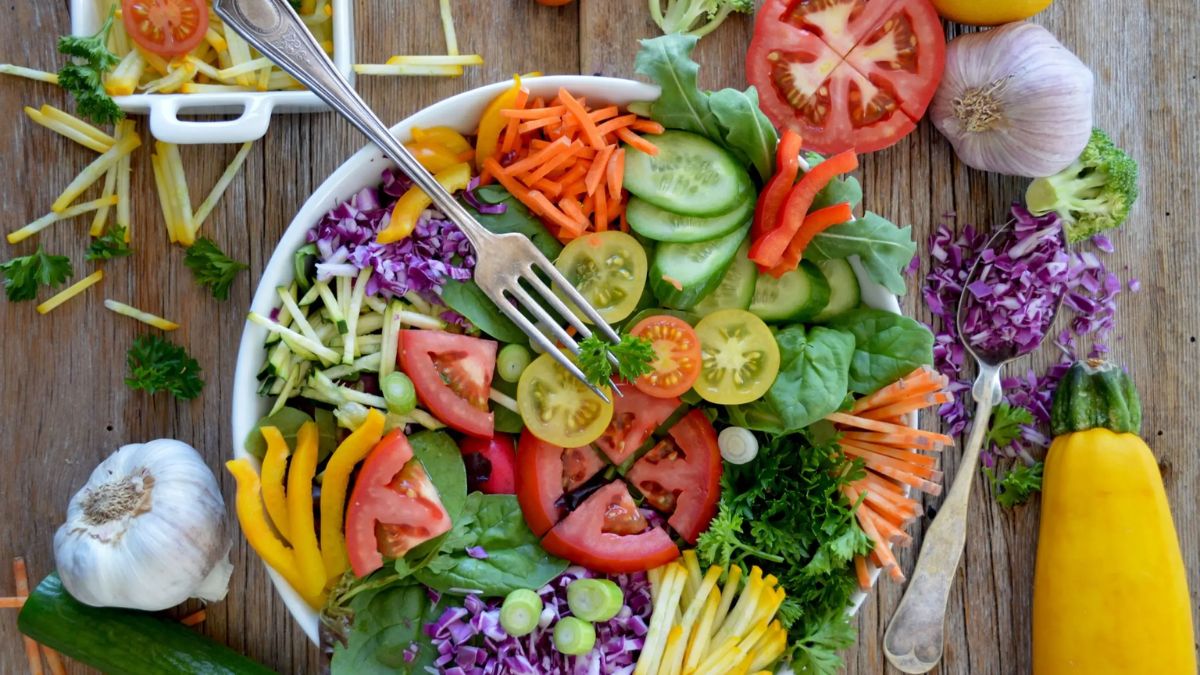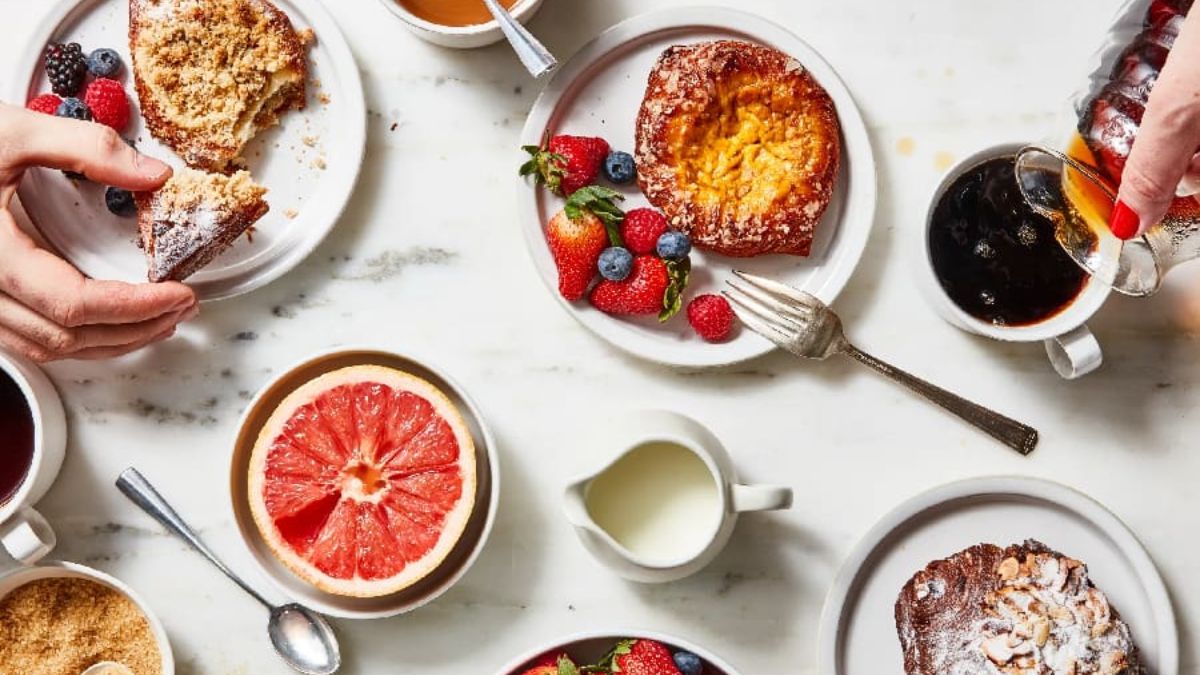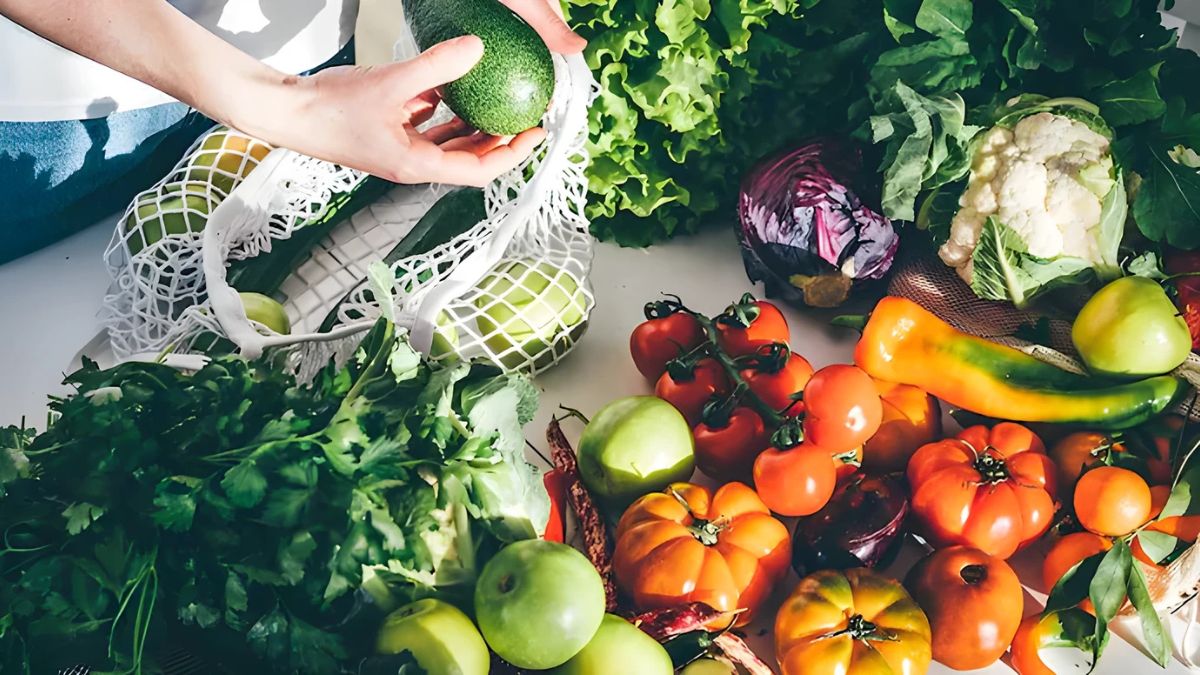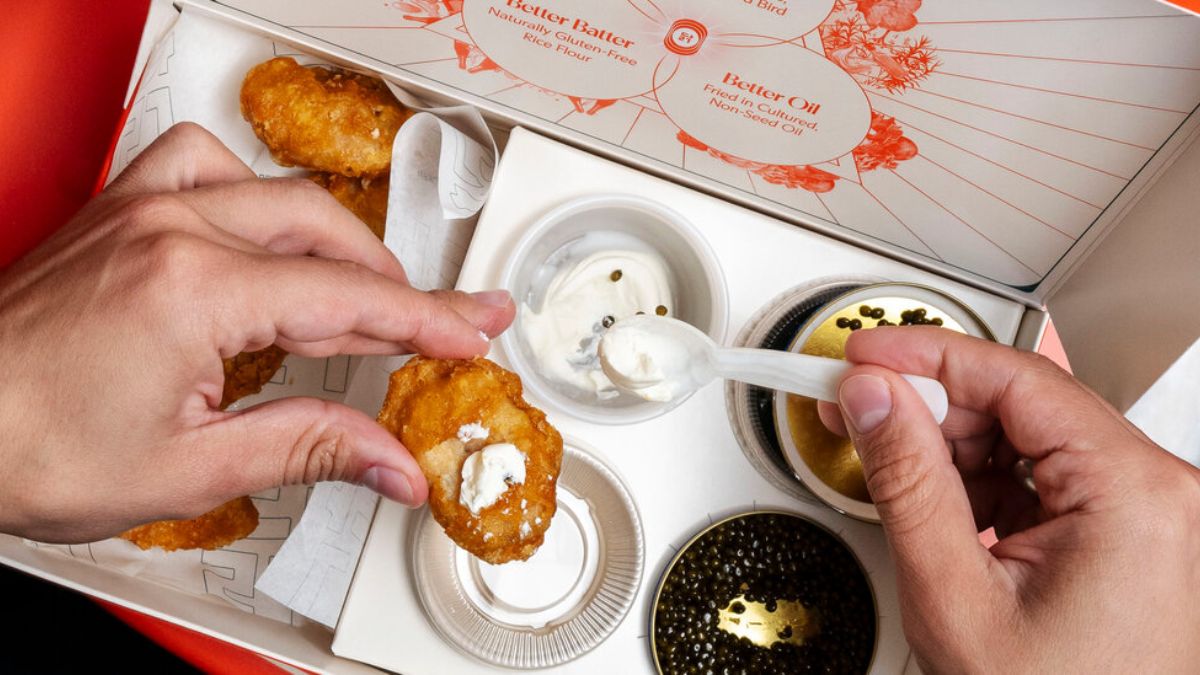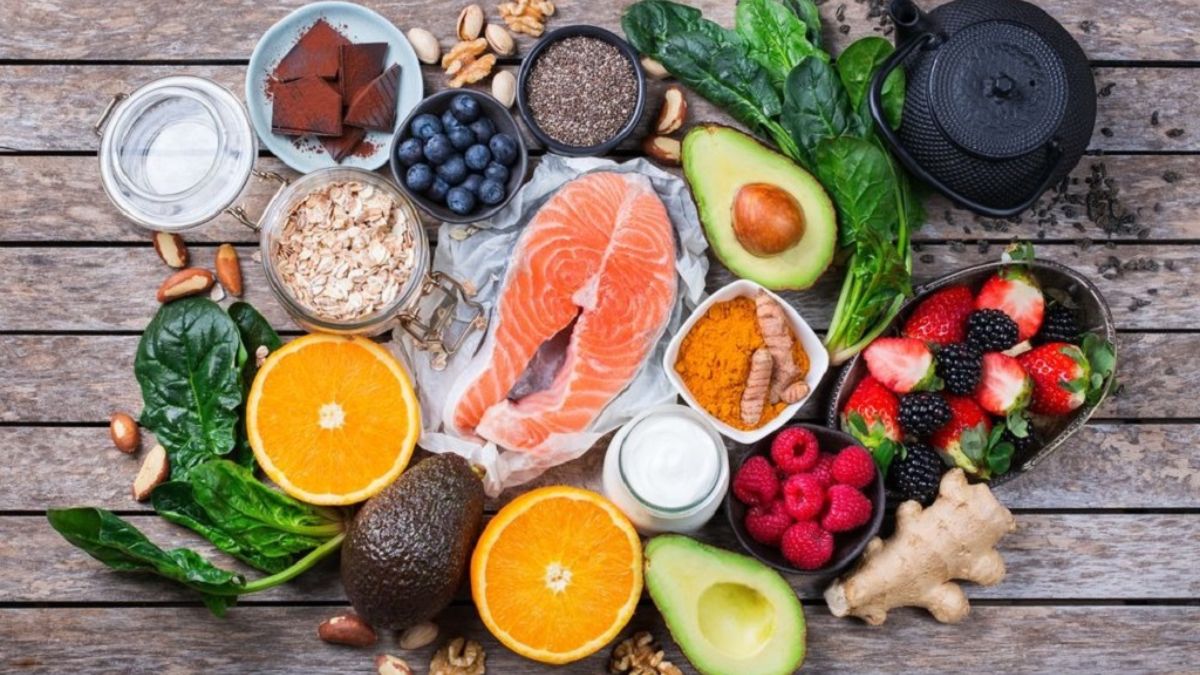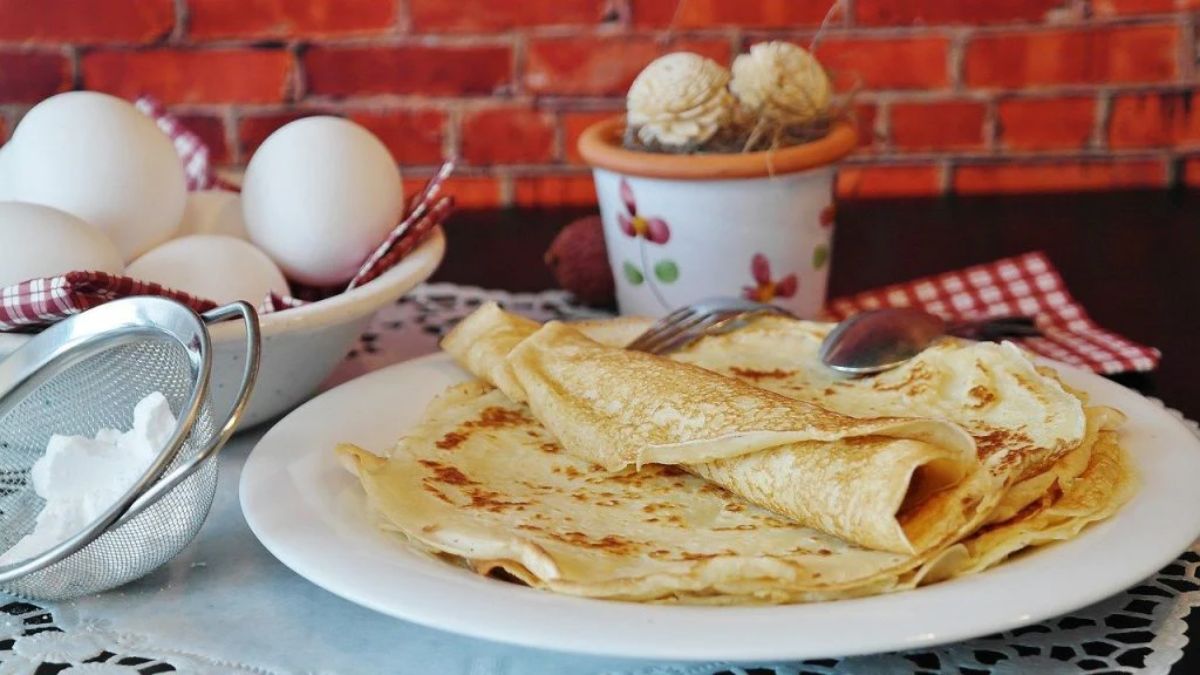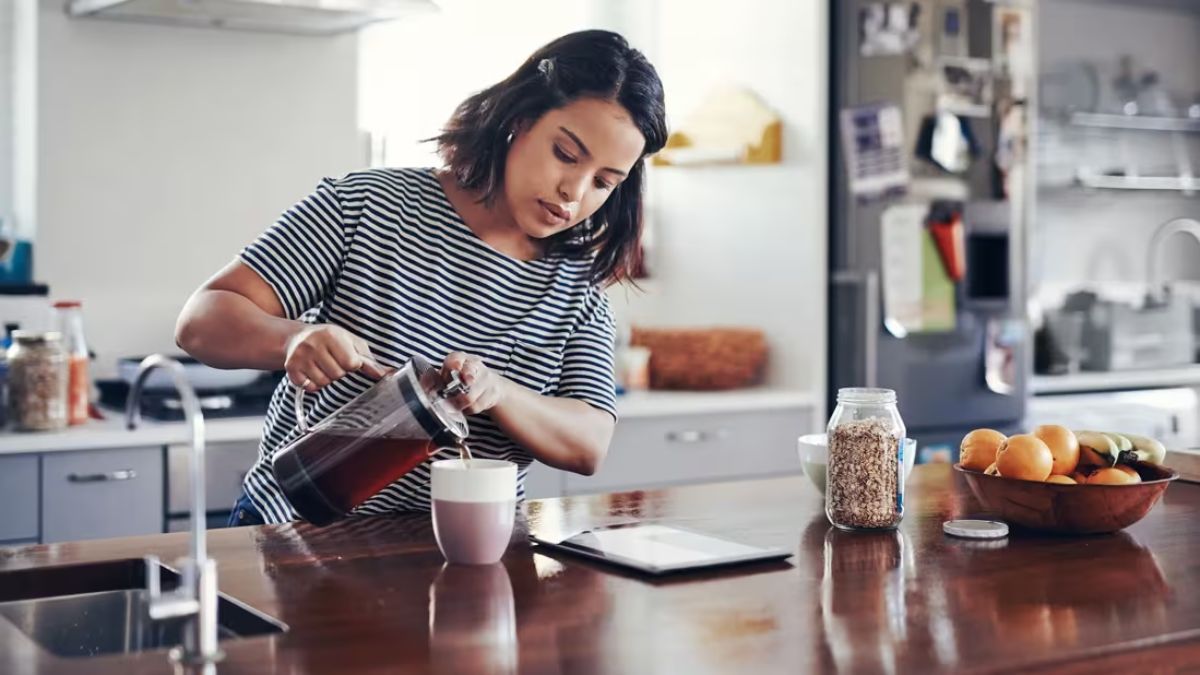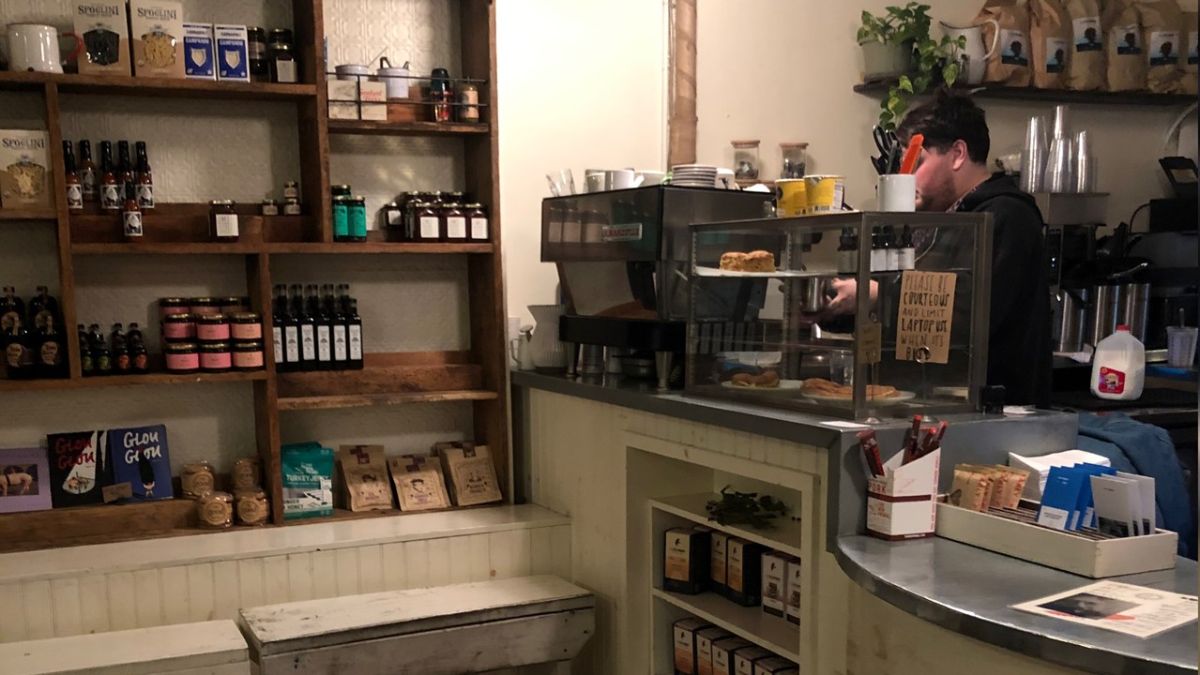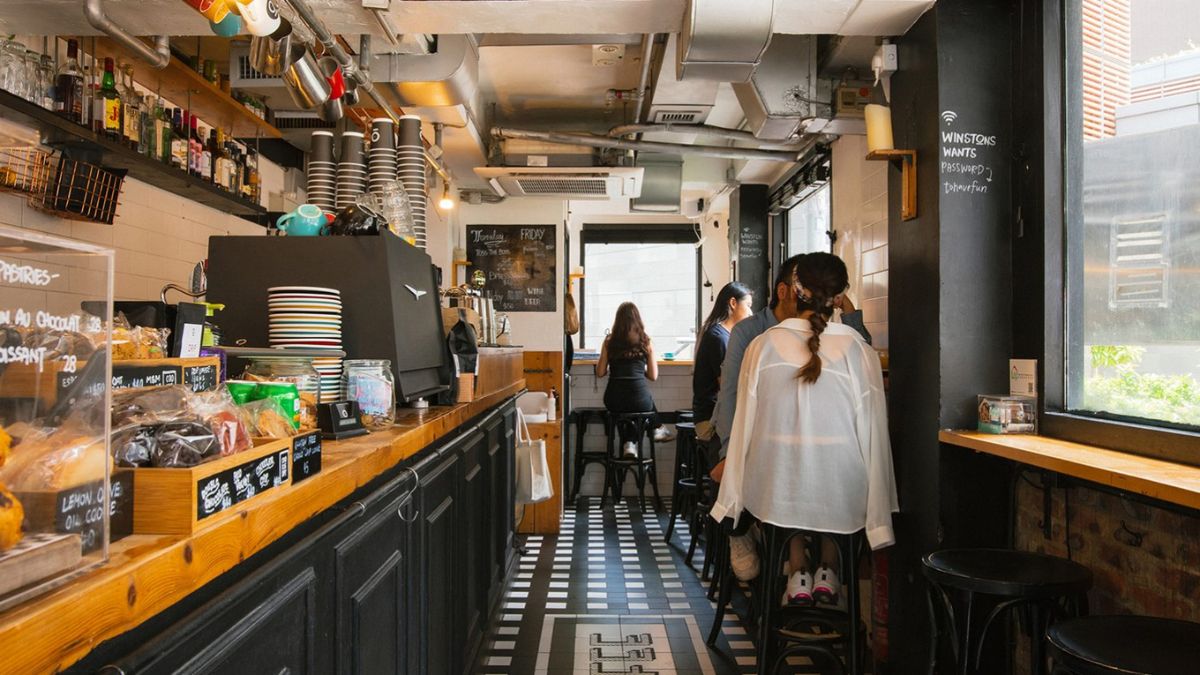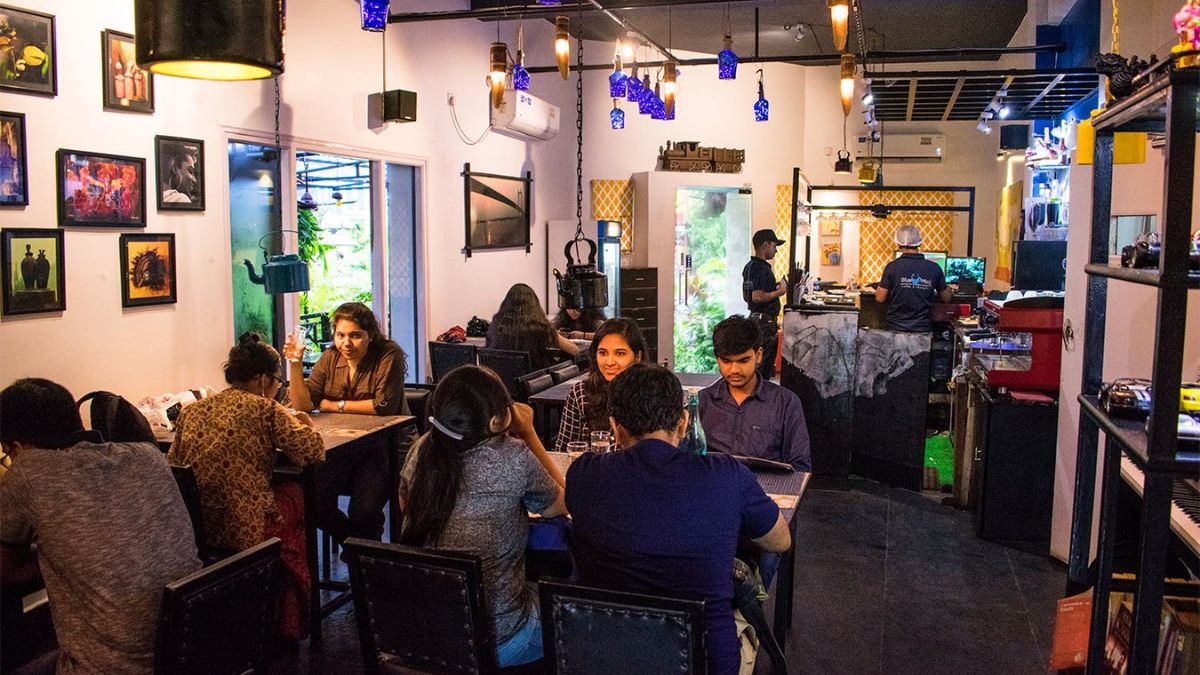Tired of starting over every Monday? You’re not alone. Building healthy eating habits is tough—but keeping them going? Even tougher. The good news is that it doesn’t have to be complicated, restrictive, or overwhelming. With a few small changes, you can create habits that actually last. Let’s break it down into bite-sized, doable steps.
Mindset
Before you even change what’s on your plate, start with what’s in your head. Healthy eating isn’t about being “perfect” or cutting out all your favorite foods. It’s about balance, consistency, and making choices that support your body and your life.
Instead of labeling foods as “good” or “bad,” think of them as “everyday” and “once-in-a-while” options. That simple mental shift can take away guilt and make eating well feel more enjoyable, not like punishment.
Planning
Here’s the truth: if you don’t plan your meals, life will plan them for you—and that usually means takeout. Meal planning doesn’t have to mean cooking every meal from scratch. It’s about having a few go-to options ready so you’re not scrambling when hunger hits.
Try this quick weekly plan:
| Day | Meal Focus | Prep Tip |
|---|---|---|
| Monday | Meatless Meal | Prep roasted veggies |
| Tuesday | Lean Protein | Grill extra for leftovers |
| Wednesday | Salad Night | Add beans, seeds, healthy fats |
| Thursday | One-Pot Dish | Easy cleanup, big flavor |
| Friday | Fun & Flexible | Leftovers or takeout balance |
Having a flexible plan makes healthy eating feel easier and way less stressful.
Swaps
You don’t need to overhaul your whole diet—just start swapping. One small change at a time adds up fast.
Here are a few easy swaps to get started:
- White bread → whole grain
- Sugary drinks → water or herbal tea
- Fried foods → baked or air-fried
- Creamy dressings → olive oil + vinegar
- Snacks → nuts, fruit, or Greek yogurt
The key is keeping it realistic. Choose swaps you actually enjoy so you’re not just forcing yourself to eat things you hate.
Balance
A healthy plate isn’t about cutting carbs or going fat-free—it’s about balance. A simple way to build your meals is to use the “half-plate” method:
- ½ plate veggies
- ¼ plate lean protein
- ¼ plate whole grains or starchy veggies
- Add a little healthy fat (olive oil, nuts, avocado)
This method keeps you full, energized, and satisfied without having to count calories or track everything you eat.
Consistency
Don’t worry about being perfect—focus on being consistent. Eating healthy 80% of the time gives you flexibility for those days when life happens. A cookie or a slice of pizza isn’t failure—it’s part of the balance.
Some days will look better than others, and that’s totally okay. What matters is that you keep showing up and making those better choices most of the time.
Enjoyment
One of the biggest mistakes people make? Trying to eat foods they don’t even like just because they’re “healthy.” That’s a fast track to burnout.
Instead, explore healthy meals you actually enjoy. Try new recipes, season your food, and don’t be afraid of flavor. Eating well should be satisfying, not bland and boring.
Experiment with herbs, spices, and different cuisines. You might find that you love things like roasted chickpeas, stir-fried veggies, or smoothie bowls way more than you expected.
Building healthy habits is a journey, not a race. Take small steps, be kind to yourself, and remember—it’s not about being perfect, it’s about being better than yesterday. Stick with it, and those habits will become part of your everyday life.
FAQs
What’s the easiest first step?
Start by drinking more water daily.
Do I need to cut out all junk food?
No, enjoy treats occasionally in moderation.
How often should I meal prep?
Just once or twice a week works for most people.
Are carbs bad for healthy eating?
No, whole carbs like grains and veggies are great.
What if I mess up one day?
Just get back on track—progress over perfection.

